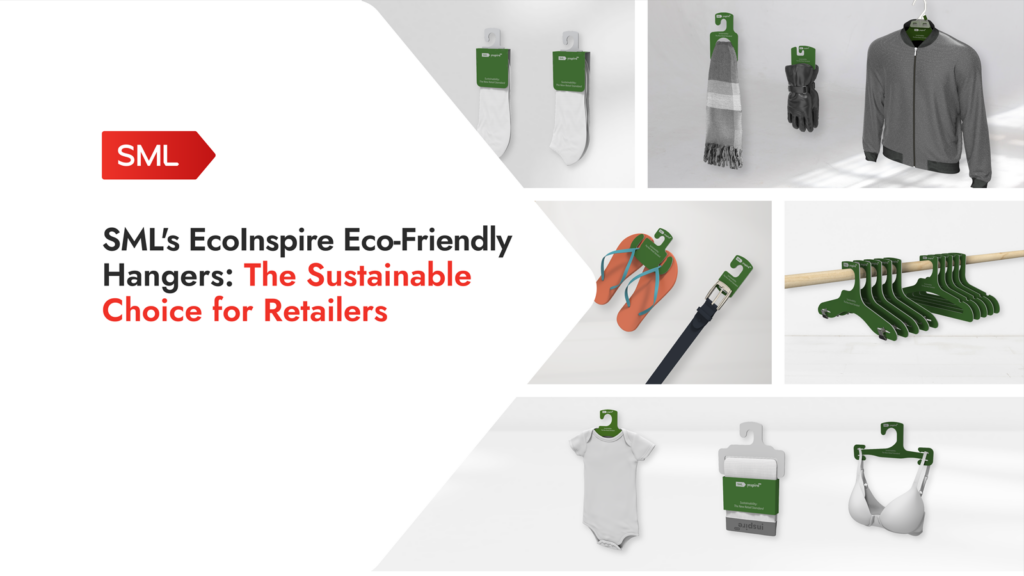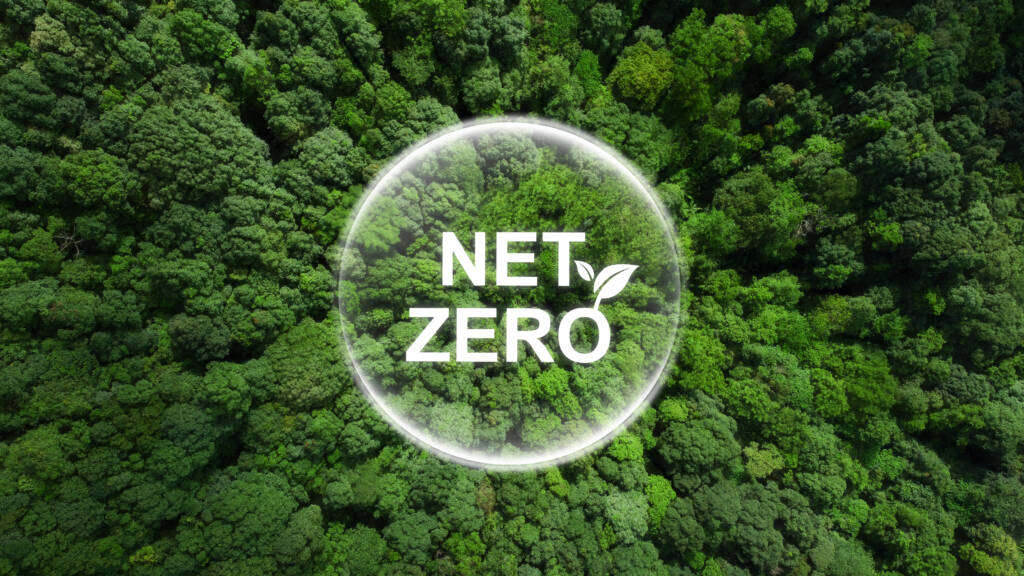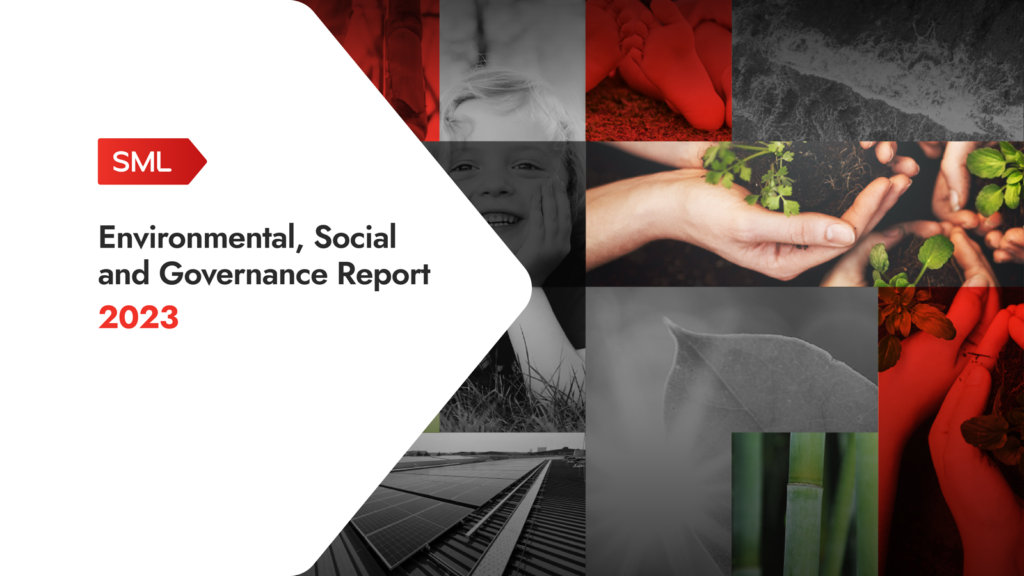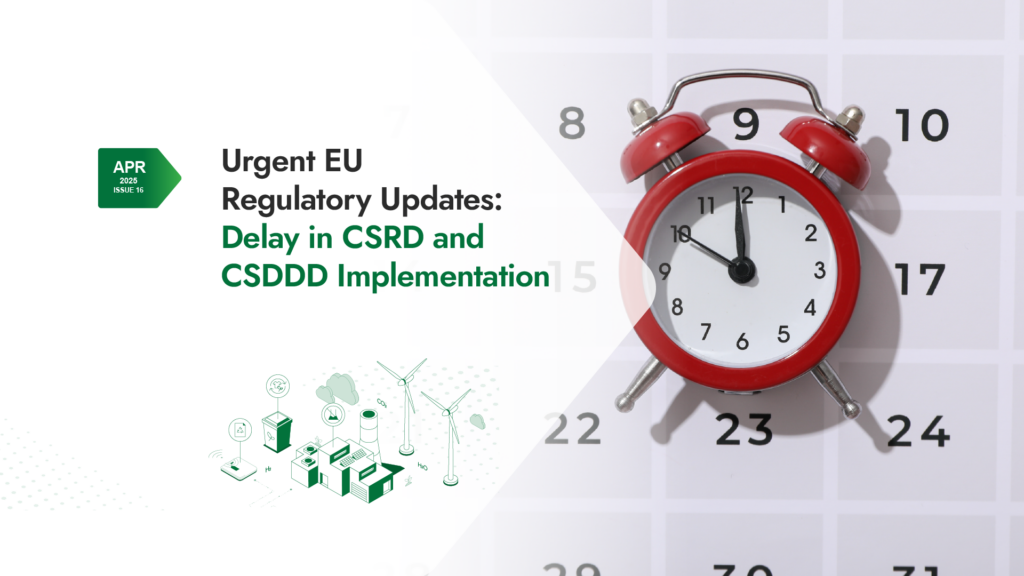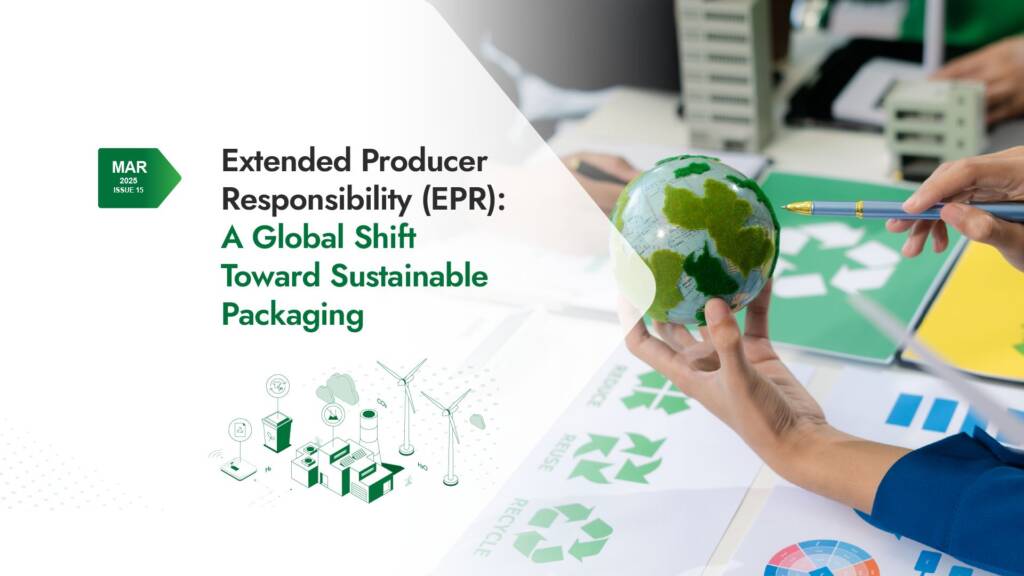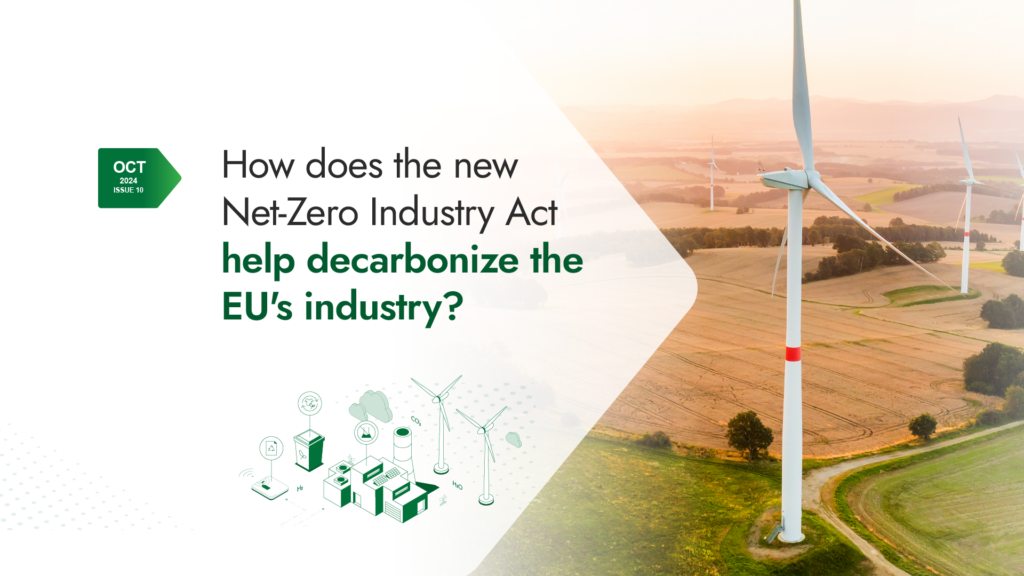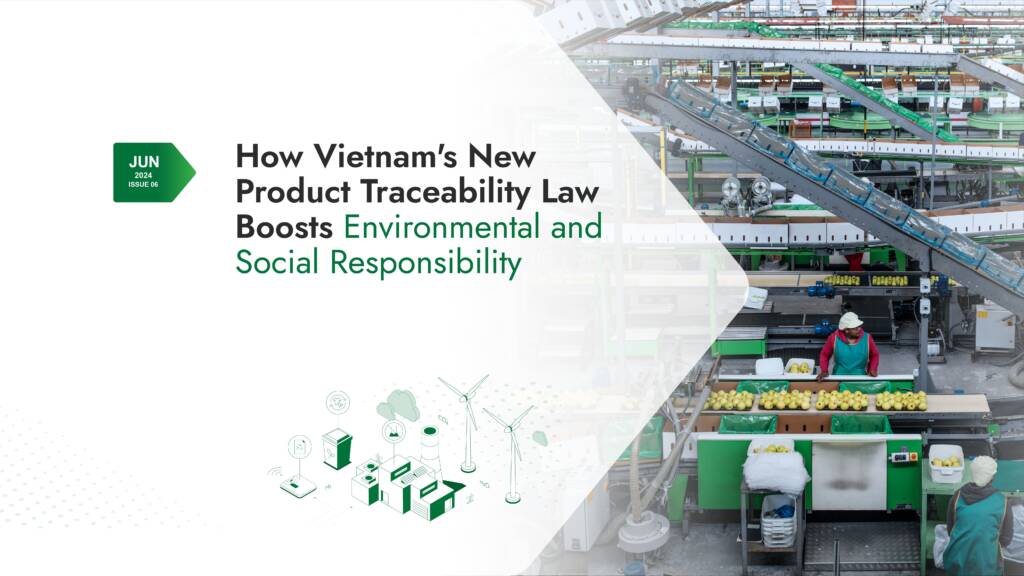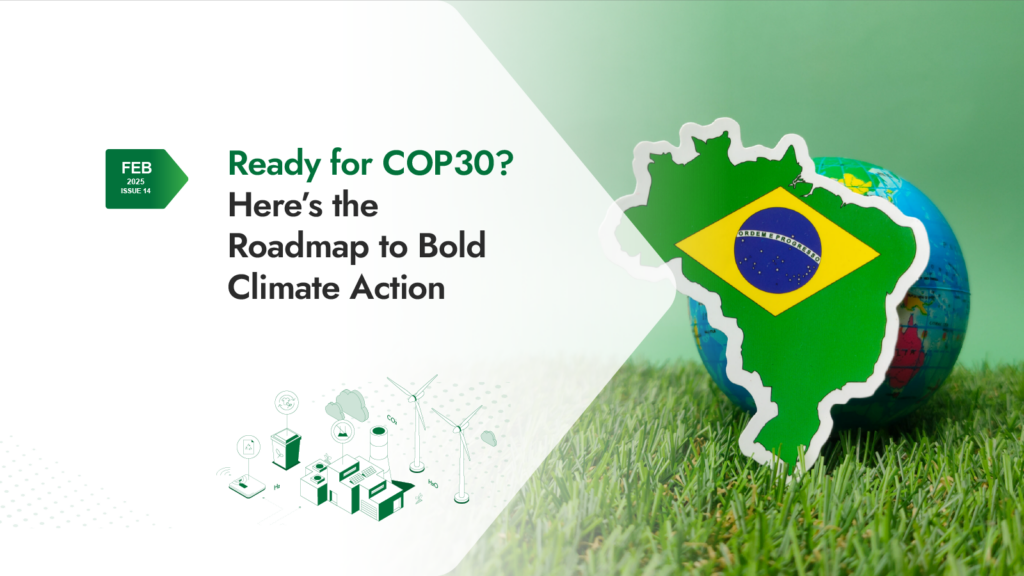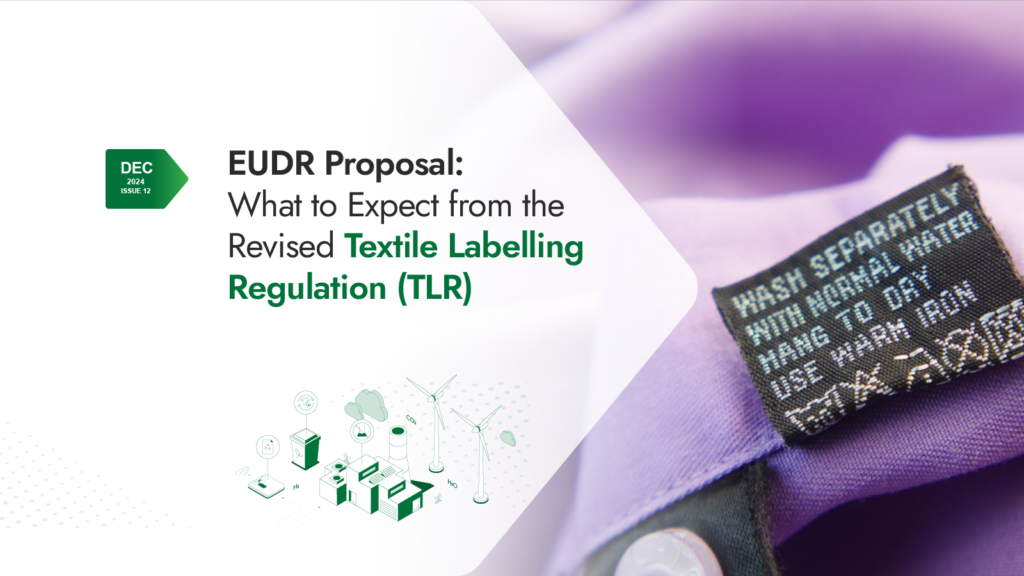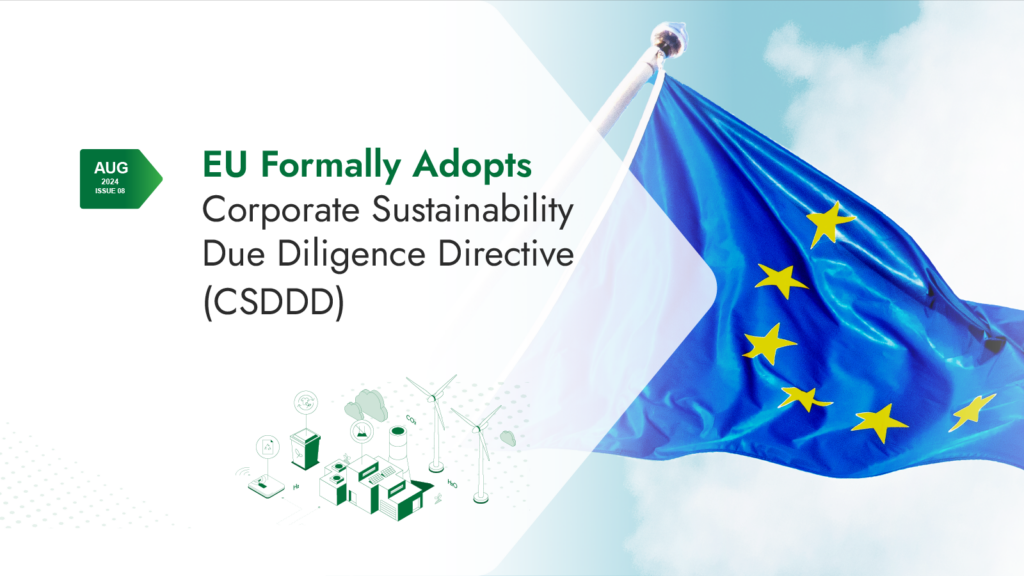Sustainability Insights #13
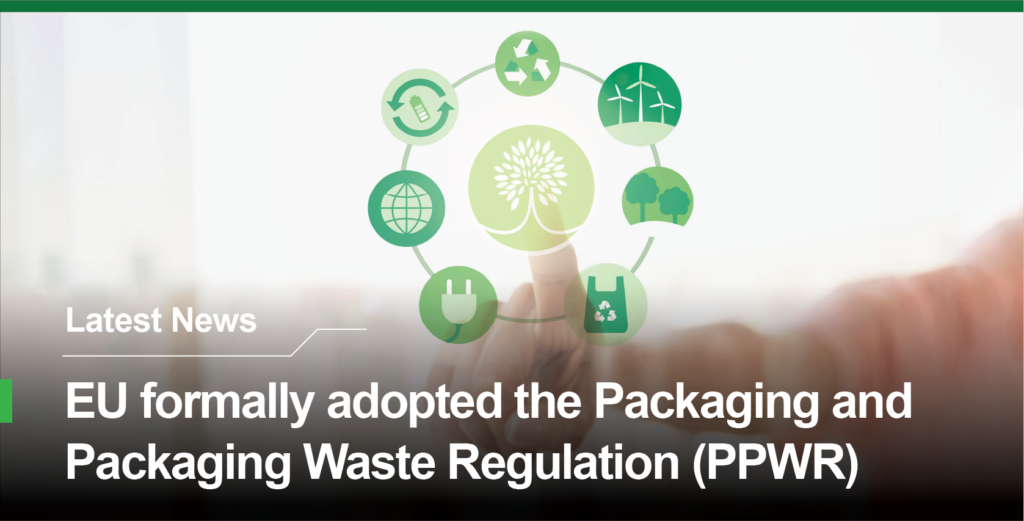
Ready to take the next step in sustainability? Contact us today to learn how we can help you meet the latest regulatory requirements and achieve your goals.
In November 2022, the European Commission proposed a new regulation to replace the outdated Packaging and Packaging Waste Directive (PPWD). The original directive aimed to standardize efforts in packaging design and waste management. The new regulation seeks to modernize the framework for managing packaging waste, advancing a circular economy and supporting the goal of a climate-neutral Europe.
After two years of progress, the Council gave its approval to the PPWR on 16 December 2024, marking the final step in the ordinary legislative procedure. The regulation will take effect 18 months after its entry into force. In addition to setting minimum recycled content targets for plastic packaging and establishing packaging waste reduction targets, the PPWR introduces the following key requirements:
Design for recyclable packaging: By 2028, the Commission will adopt delegated acts to establish criteria for “design for recycling” (DfR) and recyclability performance grades, classified into specific categories. By 2030, all packaging placed on the market must comply with the DfR criteria. Member States will also be required to adjust Extended Producer Responsibility (EPR) fees based on the recyclability performance grade.
| Recyclability Performance Grade | Assessment of recyclability per unit in terms of weighting |
| Grade A | ≥ 95% |
| Grade B | ≥ 80% |
| Grade C | ≥ 70% |
| Technically non-recyclable | Below 70% |
Setting new binding reuse targets: The regulation introduces new binding reuse targets for 2030 and indicative targets for 2040. In an update from the draft regulation, the reuse targets for transport packaging have been consolidated from three previous categories.
| Types of Packaging | From 1 Jan 2030 | From 1 Jan 2040 |
| Transport or sales packaging used for transporting products, including for products distributed via e-commerce (Pallets, foldable plastic boxes, boxes, trays, plastic crates, intermediate bulk containers, pails, drums and canisters of any size or material, including flexible formats, pallet wrappings, or straps used for stabilization and protection of products placed on pallets during transport) | At least 40% | At least 70% |
Industry players will also be required to minimize the weight and volume of their packaging. Packaging with double walls, unnecessary layers, or packaging that fails to meet the performance criteria outlined in the packaging minimization assessment will no longer be permitted on the market.
Source:
Council of the EU
Key takeaways:
The European Commission proposed a new regulation in November 2022 to modernize the Packaging and Packaging Waste Directive (PPWD) and reduce the environmental impacts of packaging. The Council approved the Packaging and Packaging Waste Regulation (PPWR) on December 16, 2024, with the rules set to apply 18 months after their entry into force.

The distinction between EU regulations and directives lies in their implementation and scope.
Regulations are legal acts that apply automatically and uniformly across all EU member states as soon as they enter into force. They do not require any further action at the national level and are binding in their entirety, ensuring consistent application throughout the EU.
Directives, in contrast, set specific objectives that member states must achieve but allow each country to determine the most appropriate means to reach those objectives. To comply, member states must transpose directives into their national legal systems—this process, known as transposition, typically has a two-year deadline. National authorities are required to communicate their transposition measures to the European Commission.
In summary, regulations ensure uniformity across the EU, while directives provide flexibility in implementation at the national level.
Source: European Commission
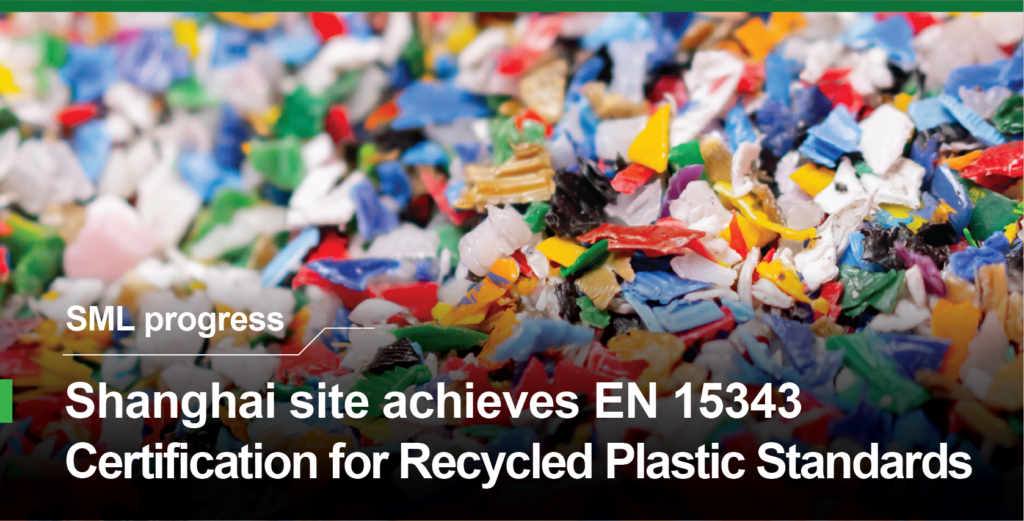
We are proud to announce that our Shanghai manufacturing site has implemented a system to ensure a minimum level of recycled plastic content in production, in compliance with the UNE-EN 15343 standard. This standard, focused on plastic recycling, emphasizes traceability, conformance evaluation, and determining the recycled content of plastic products. The certification guarantees our recycled plastic products meet strict EU performance and traceability requirements, providing reliable quality assurance. Adhering to traceability and recycling standards is essential in today’s corporate landscape. This is especially important to meet EU regulations, such as the plastic levy and the recycled content criteria in the Packaging and Packaging Waste Regulation (PPWR). This certification not only strengthens confidence in our products but also reinforces our commitment to reducing single-use plastics and promoting sustainability.
Let’s Move Forward Together
As your partner in sustainability, we’re here to help you navigate changes, meet compliance requirements and stay ahead in a shifting regulatory landscape. From ensuring recycled content standards to optimizing packaging design, we’ve got the expertise to support your business.
Reach out to our team today to discuss how we can help you align with the latest regulations and achieve your sustainability goals.


